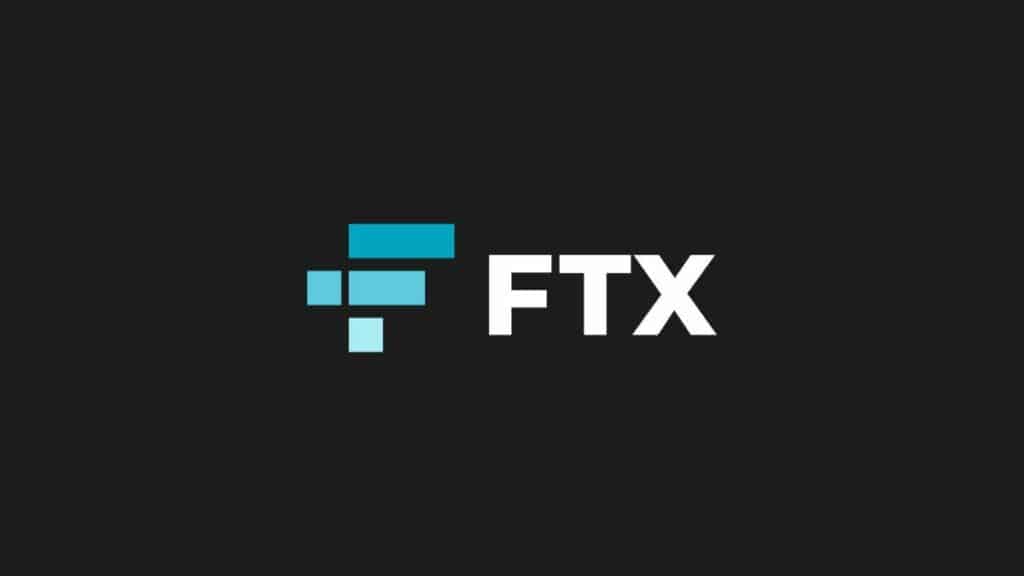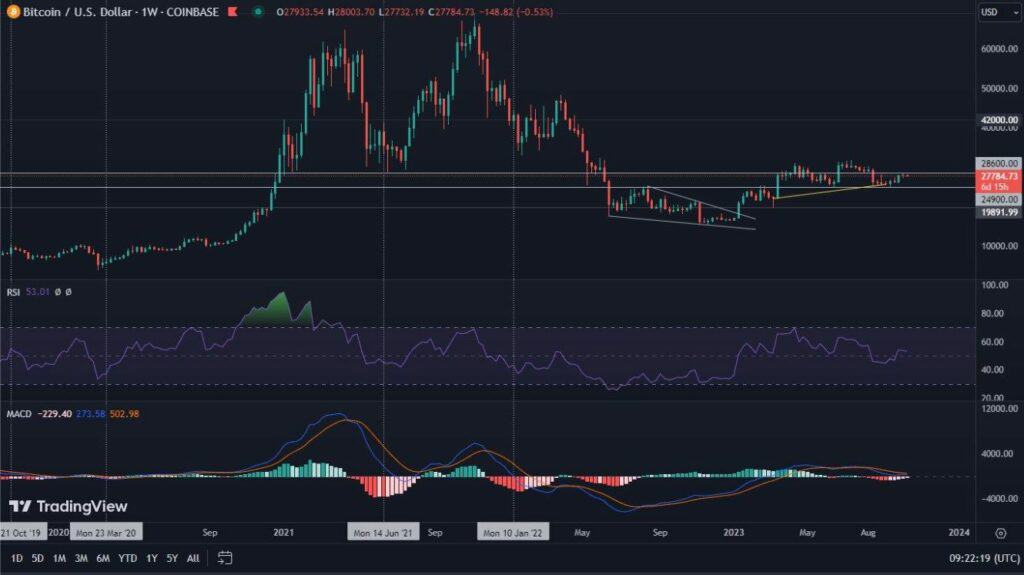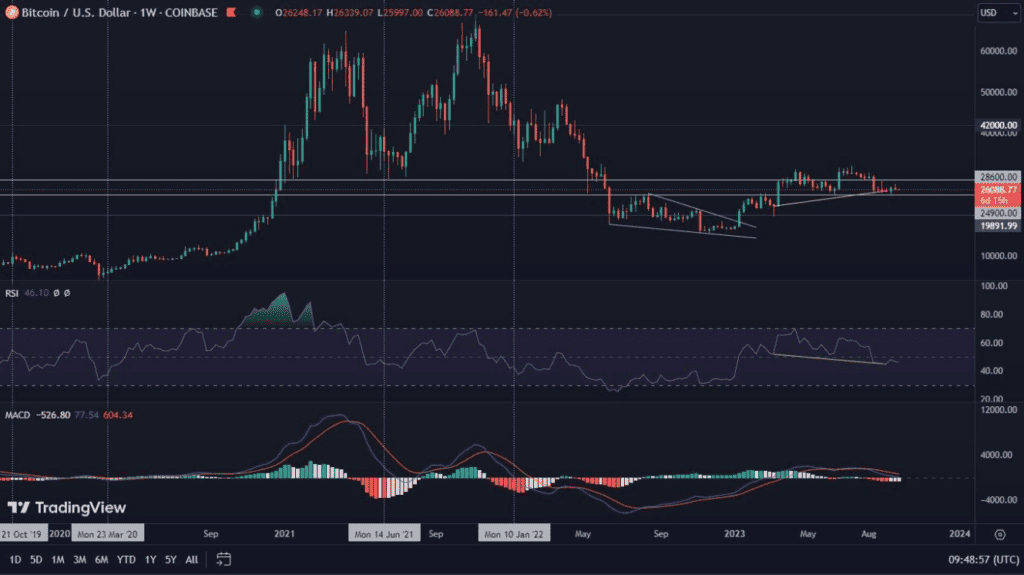Bitcoin (BTC) is currently one of the most popular digital currencies in the world. How does it differ from the classic currencies used in everyday life? First of all, Bitcoin is a completely decentralised payment system, so it is not regulated by any top-down institution. The Bitcoin system is based on two mechanisms: blockchain and mining. Blockchain in the context of cryptocurrency is simply the history of the record of all transactions. Blockchain is built from blocks, while a single block consists of two parts: header and body.
How is the header of a block in Bitcoin (BTC) structured?
The header, or header of a single block in a blockchain, plays a key role in the context of blockchain operations. In this paragraph, we will look at what exactly it serves and what functions it performs.
Each header contains three sets of metadata within it. Metadata is a string of 80 bytes that includes:
- Bitcoin version number – the Bitcoin version number can prove helpful when tracking changes that occur throughout the protocol,
- a 32-byte digest that tells you what the previous block is,
- Merkle root – Merkle root consists of the encrypted ciphertext of all transactions within a block,
- date and time information,
- information about the difficulty of a block, the so-called difficulty rate – this is information for miners, which tells them how difficult it is to dig up a block,
- nonce – a number only used once, i.e. a number added to the encrypted block which, when re-encrypted, corresponds to the difficulty level of the block. A nonce is the solution to a mathematical puzzle that miners strive for.
What is the block header used for?
The header has many functionalities, while one of the main functions of the header is primarily to identify the block. The same header is also used to create Proof of Work through multiple hashing.
How is the body in a block in Bitcoin (BTC) structured?
The body, or second part of the block, contains various types of information. These include all transactions that have been confirmed within a block. In the Bitcoin ecosystem, the body contains payment orders and the transaction log. The body can also contain computer programs, leading to so-called smart contracts, which we wrote about in one of our articles.
A holistic view of the Bitcoin (BTC) ecosystem
At first glance, the entire Bitcoin cryptocurrency ecosystem may seem complicated, which is why we decided to conclude by describing the big picture of how it works. Bitcoin (BTC) is based on the blockchain. A blockchain is a decentralised system that allows transactions, or payments, to be processed. Blockchain is built from blocks, which consist of two parts: header and body. Briefly, the roles of header and body can be described as follows: while body contains information about past transactions, header makes the whole system work. These blocks are arranged in order to form a chain, which contains the entire history of transactions concluded so far.


















